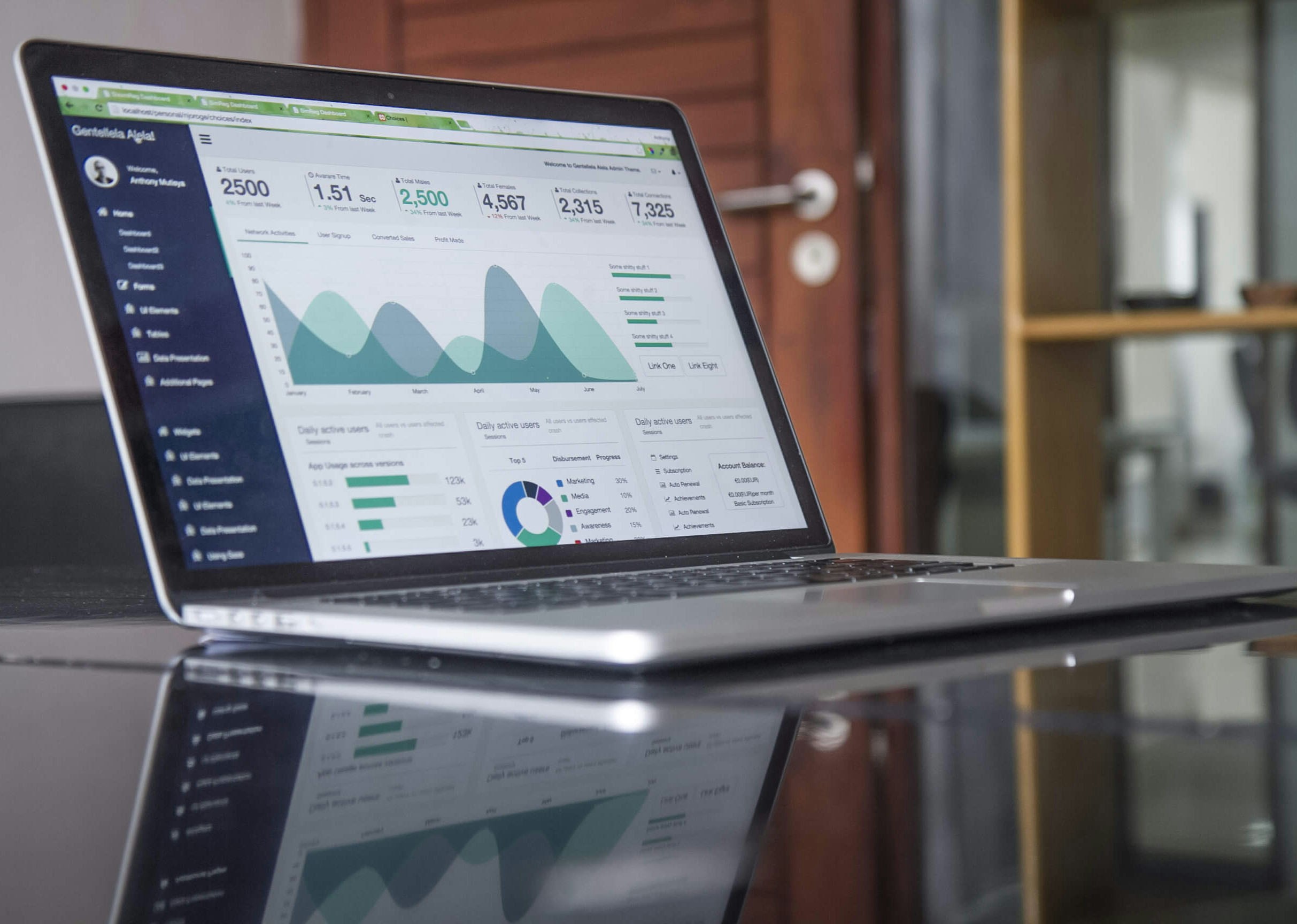Web Accessibility: Creating a Better Web Experience for All Users

Author
Jang Jun-ha
Hello! Today, I would like to talk about what web accessibility is, why it is important, and what methods can be used to optimize web accessibility. Accessibility is not just a technical matter, but an important value that helps all users to conveniently and fairly use the web. Web accessibility means the democratization of the internet and is the process of creating a web that everyone can use without restrictions.
What is web accessibility?
Web Accessibility refers to creating web sites and applications so that all users, including those with disabilities, can easily access and use them. It aims to ensure that those with visual, auditory, cognitive, or physical disabilities can equally access information. It is not only for people with disabilities, but for everyone using the internet in various environments. Web accessibility is an important principle that provides equal opportunities for all users beyond technical convenience.
For example, the benefits of accessibility are realized in various situations such as visually impaired individuals using screen readers, users temporarily unable to use a keyboard due to arm injuries, or users accessing the web on mobile devices with small screens. These benefits positively affect all users, not just those with disabilities, including users browsing the web in areas with slow internet connections, or those using smartphones under sunlight.
Why is web accessibility important?
Social Responsibility: The web should be a space for everyone. By considering accessibility, we can create a more inclusive society where no one is left out. Web accessibility ensures fair and equal access to information, which is a key element in promoting social integration. Creating an inclusive web is our collective responsibility.
Legal Requirements: Many countries have legal obligations to comply with accessibility regulations. Failing to comply can lead to legal issues. Non-compliance with web accessibility can result in fines or lawsuits, which can also negatively impact a company's reputation. Therefore, securing accessibility is essential to minimize legal risks.
Business Benefits: An accessible website can attract a wider user base. More people being able to access the website means an increase in potential customers. Additionally, accessibility contributes to enhancing customer satisfaction and strengthening brand loyalty. If users can easily use the website, the churn rate decreases and conversion rates increase. Improving accessibility can be a significant factor directly linked to revenue growth.
Improved SEO: Enhancing accessibility has positive effects on search engine optimization (SEO). Accessible websites are more likely to be better exposed in search engines due to better structure and tag usage. For example, using proper heading structure and alternative text helps search engines understand the content of the page better. Therefore, improving accessibility helps increase search engine visibility and drive more organic traffic.
Methods to Optimize Web Accessibility
At APGP, web accessibility can be optimized in the following ways:
Providing Alternative Text: Add alternative text (alt text) to images so that visually impaired users can understand the meaning of the images through screen reading tools. It is important to add meaningful descriptions to all visual elements. Alternative text should not just be a simple description but must contain important information the image intends to convey.
Supporting Keyboard Navigation: Design the website so that all features can be used solely with the keyboard. This is a great help not only for visually impaired users but also for those who have difficulty using a mouse. Additionally, make sure that the keyboard focus is clearly indicated so that users can easily know which element they are currently on.
Clear Color Contrast and Text Size: Ensure that there is a sufficient color contrast between text and background to make it visually distinguishable, and set the text size appropriately so that everyone can easily read it. Color contrast is especially important for users with low vision or color vision deficiencies. It is necessary to test and optimize color contrast so that all content on the website is easily readable.
Clear Structure and Use of Headings: Maintain a logical and clear page structure and use heading tags (h1, h2, etc.) appropriately so that users and search engines can easily understand the content. Headings clarify the flow of content and provide important information to both users and search engines. A well-structured heading system makes navigation much easier on the website.
Providing Subtitles and Transcripts: Provide subtitles for video content so that those with hearing impairments can understand the content of the video. Additionally, it is good to provide a text transcript for audio content. This helps not only those with hearing impairments but also those watching videos on mute. Subtitles play a critical role in helping all users understand the content.
Enhancing Form Accessibility: Clearly designate labels for form elements so that users can easily understand the information or functionality they need to input. For example, connect input fields with labels so that screen reading tools can read them correctly. Additionally, clearly display form error messages so users can easily identify and correct any issues.
Conclusion
Web accessibility is not just a matter of legal compliance, but a process of creating a web experience for all users. APGP aims to help our clients achieve success by building accessible websites for all users and fulfilling our social responsibility. An accessible website is equipped with the power to reach more people and can greatly enhance user experience. Moreover, websites that consider accessibility gain better SEO performance, minimize legal risks, and attain competitiveness to attract more customers.
If you want your website to be open to more people, APGP can help. Let's create an inclusive and user-friendly web environment together! Web accessibility is not just an option; it is an essential element for providing a better web experience for everyone. Together with APGP, let's build a web for all!

